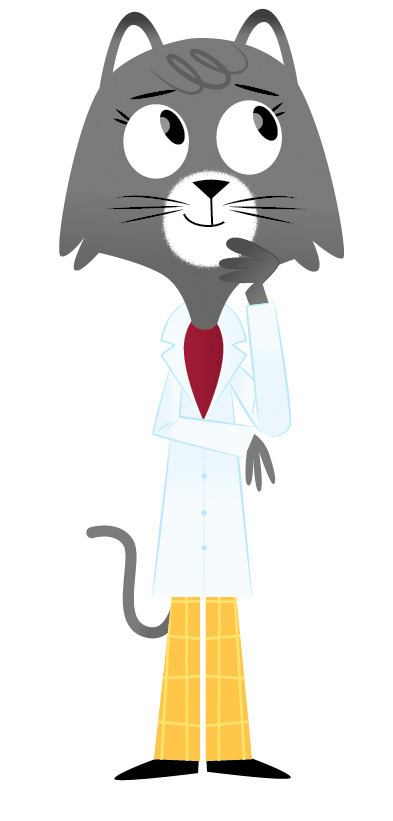Hi Dr. Universe! When I was eating breakfast today, I came up with this question. Why does crispy rice make a popping sound when I pour milk over it? It makes me as curious as a cat! –Allison, 11, Pullman, WA
Dear Allison,
My ears perked right up when I got your question. Like you, I’ve heard the sounds crispy rice cereal makes. But the truth is, I wasn’t entirely sure why it happens. There was only one way to find out.
I headed to one of our labs where food scientists are making cereal here at Washington State University. My friend Ryan Kowalski, a graduate student in food science, was there and offered to help out with your question.
“When you hear the popping,” Kowalski said, “you are hearing the sound of the cereal breaking.”
Since you too are curious as a cat, you might be wondering how exactly cereal can break. I was wondering, too. Kowalski pulled a few jars full of cereal down from the shelf, so we could take a closer look.
Using a big machine called an extruder, he had made the cereal in different shapes and sizes. One thing they had in common was their structure. If you look closely at crispy rice cereals, you’ll see each kernel has several tiny holes on the outside. These are air pockets that formed when the rice was heated up to turn it into crispy cereal.
There are also some of these air pockets inside the kernel. They are surrounded by very thin walls. When you pour milk over the cereal, the milk goes flooding into the air pockets. The liquid replaces the air and makes the thin walls collapse.
Kowalski explained that milk is mostly water. As you may know, water is pretty good at helping things dissolve. Meanwhile, the cereal is like a sponge. The tiny cereal walls get really heavy from all the liquid they absorb. At the same time, the walls get weaker from being dissolved. Finally, they break, sometimes loudly.
We don’t just hear the cereal breaking down, though. We also know when the walls have collapsed because of the texture. When things break down, the cereal gets soggy. So remember to eat quickly before all the walls come crumbling down.
Depending on the ingredients, said Kowalski, some cereal structures are stronger and don’t crack as much. Bran flakes, for example. They don’t have as many air pockets. But most all cereals will pop if you listen closely. You just have to keep your ear to the bowl, Kowalski adds.
Thanks for your question, Allison. It just goes to show a good science question can strike almost anytime—even at breakfast.
Sincerely,
Dr. Universe


